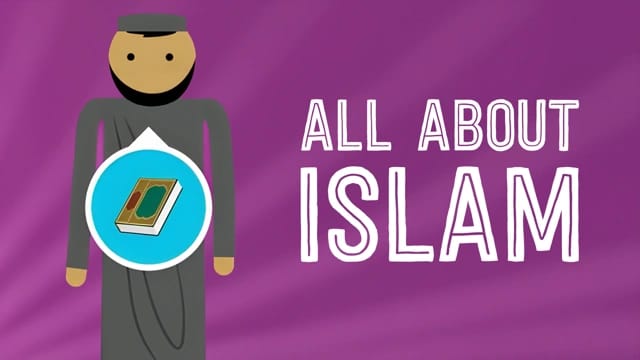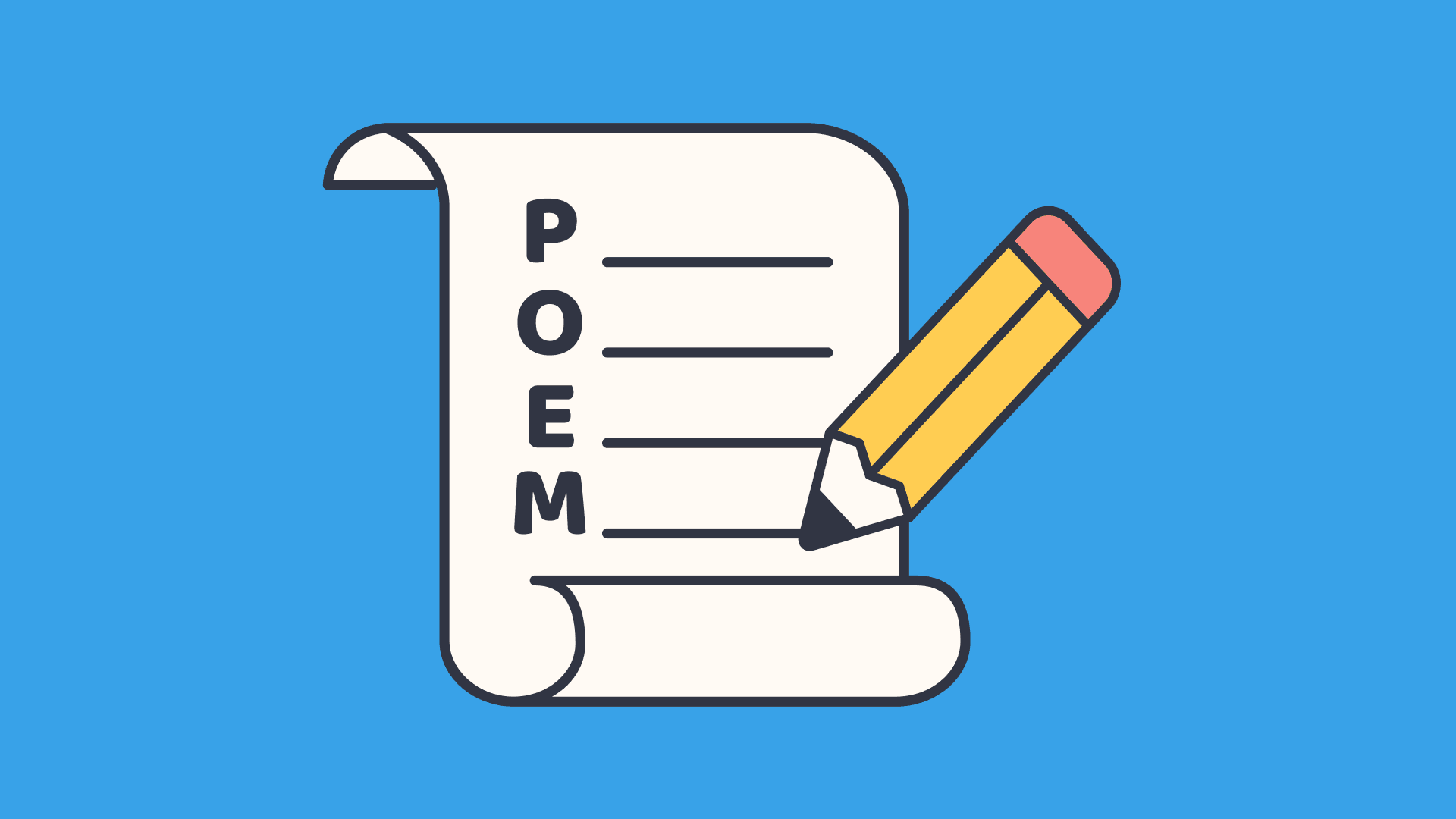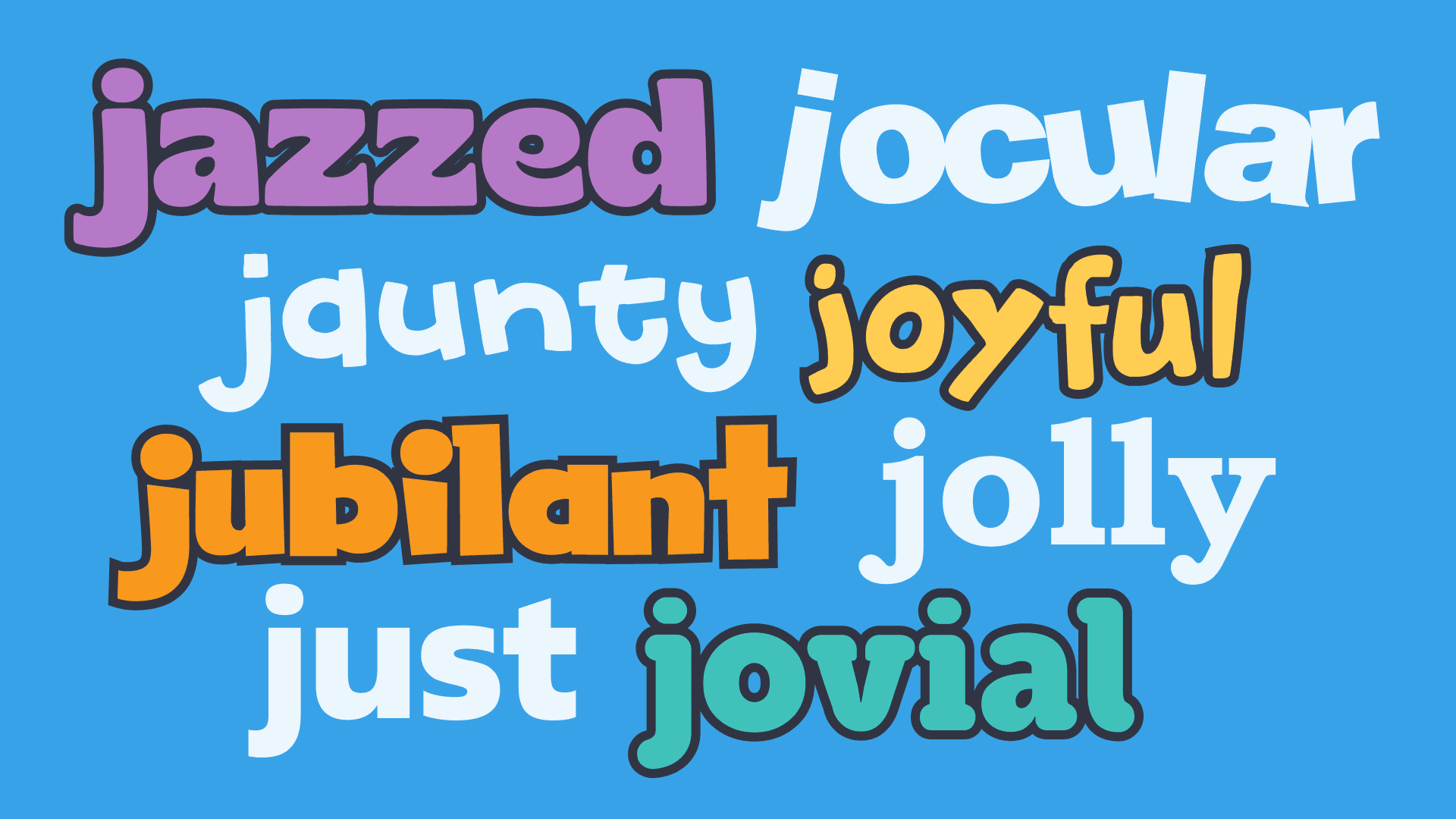Essential tips and resources for teaching Ramadan this year
In this guide
Understanding the significance of Ramadan
Ramadan is a Muslim holiday observed during the ninth month of the Islamic calendar. Approximately 25% of the world’s population is Muslim, and the vast majority of those who practise observe the religious traditions associated with this holy month.
Muslims believe that it was during this month that the first parts of the Quran – the holy book of Islam – were revealed to the prophet Muhammad by Allah.
One of the most common means of observing Ramadan includes fasting from sunrise to sunset. Although young children, the elderly, and the infirm are exempt from the fast, many Muslim children will begin partaking in the tradition in their early teens.
If you have practising Muslim students in your classroom, it will be important for you to know if they are choosing to fast. No food or water during daylight hours means there’s a good chance that these students will be hungry, dehydrated, and are likely to have trouble focusing.
Knowing in advance what your students are going through will also help you have empathy and grace for their feelings and for their assignments. The celebration also provides an opportunity for you to incorporate teaching about Ramadan in your classroom!
Ramadan is an annual celebration observed on dates determined by the lunar calendar. In 2025, Ramadan takes place February 28 through March 29.

Tips for teaching Ramadan in an inclusive classroom
An inclusive classroom is one where all students, regardless of their individual abilities and cultural backgrounds, are welcomed and celebrated.
Teaching about Ramadan is just one way to incorporate cultural heritage and celebrate individuality. Even if you don’t have any Muslim students, it’s an opportunity for your students to become well informed.
To create a culturally inclusive classroom you should plan to teach about and honour different religious traditions within your curriculum.
Here are some tips to get you started on teaching Ramadan:
1) Decorate your classroom
Decorating your space with traditional Islamic patterns and colours won’t just liven up your classroom, it will also serve as a visual reminder that your Muslim students are not only accepted, but celebrated in your space.
2) Celebrate diversity
A culturally inclusive classroom can only be elevated by the diversity of its students.
If your students are comfortable, ask them to share what and how they celebrate holidays.
Learning from one another fosters empathy and helps your students become well-informed global citizens.
3) Take a proactive stance against Islamophobia
Islamophobia is an unfortunate reality of the world we live in. Acknowledge and discuss it with your students.
Remember, hatred often stems from misunderstanding, and knowledge can be the remedy.
4) Have a plan for wary parents
Another unfortunate reality is that some parents may be unhappy about your choice to teach about Ramadan. Communication is always key.
Assure parents that all religions are being honoured in the classroom and that there is no preference for one over the other. I’d suggest having a copy of your curriculum on hand as evidence.
Engaging classroom activities for Ramadan
1) Photo explorer
Islam is observed all over the world, and different cultures celebrate Ramadan in very different ways. For a more global dive into traditions associated with Ramadan, explore how people observe and celebrate all around the world.
An easy way to do this is to look up pictures of Ramadan celebrations and share them with your students. Ask them to look closely at the photographs and identify the different ways people are celebrating.
Allow students to lead the conversation with their observations. If necessary, you can prompt them with open-ended questions.
For example:
- What’s recognisable?
- What do they want to know more about?
2) Art, actually
Art is so underutilized in classrooms! Artworks provide a unique lens for us to study almost any topic. For example, Islamic art in particular is very symbolic of cultural and religious values.
Ask your students to look closely at traditional Islamic geometric patterns. These intricate geometric patterns have spiritual significance that represent unity and harmony in the universe.
Here are some questions you can ask your students to encourage a deeper level of observation and discussion:
- What do you see when you look at this picture?
- What parts are your eyes first drawn to?
- What does this image make you feel, if anything?
- What do you think the artist was thinking when they made this?
- What can we learn about the Muslim faith from looking at this?
By reflecting on the experience of engaging with art, your students can draw connections to the spiritual values associated with Ramadan.
3) Excursion!
If you can swing approval for an excursion from your principal, take your students to visit a local mosque!
This will allow you to:
- Explore the architecture,
- Honour the traditions, and if possible,
- Arrange a visit and discussion with the Imam.
4) Story time
For younger students, picture books are a great way to represent what may seem like abstract concepts. There are plenty of children’s books about Ramadan you can purchase or borrow from your local library.
Have your students sit in a circle as you read aloud from the book. Make sure they can clearly see the illustrations.
After you finish the story, revisit the topic. Here are some checks for understanding you can try:
- True or False?
Ask your students about something that happened in the story.
- Sketch it out.
Have your students draw something they saw or heard about in the book.
- Summarise.
Ask your class to explain what happened in the story in a few short sentences. This can be a written or discursive task.
For older students, you can assign a YA novel that deals with the themes of Muslim identity and read it as a class.
If you want to assign something for a whole class, consider a traditional book report, themed poster board, or a character study.
5) Phases of the moon
Since Ramadan is a lunar holiday that begins with the new moon, it provides a great opportunity to learn about the moon’s phases.
As the month progresses, check in on the phase of the moon daily or weekly with your students.
If astronomy isn’t your strong suit, there are plenty of websites you can visit that will do the tracking for you.

Essential resources for teaching Ramadan
Be sure to check out some of the downloadable resources for your classroom – the Islamic Calendar is especially useful as both a teaching resource and a classroom decoration!
You can also find:
- Fun interactives,
- Songs to sing with your students, and
- Educational videos
in our Ramadan collection.
For a more comprehensive view of Islam as a whole, be sure to visit our Islam resource collection.
Encouraging cultural understanding and respect

Teaching about Ramadan and other cultural celebrations in your classroom is one of the best things you can do to encourage cultural appreciation and mutual respect among your students.
It’s natural that some of your students will have questions. Encourage asking questions respectfully and keeping an open line of communication. If there are misconceptions, address them promptly.
If you have students who celebrate Ramadan, give them the opportunity to share their experiences with the class. If you don’t, you could invite people from the Muslim community to visit your classroom and speak.
Teaching Ramadan is a gateway to fostering a culturally inclusive and diverse classroom culture, and a means for your students to begin to understand how culture shapes our identities and our world.

Jessica Pastore
briefcase iconMuseum Educator
Jessica Pastore is a museum educator living and working in New York City. Her background is in social studies education and world history. She has taught in both classroom and gallery settings for the past ten years.
Other posts
Want more content like this?
Subscribe for blog updates, monthly video releases, trending topics, and exclusive content delivered straight to your inbox.
















